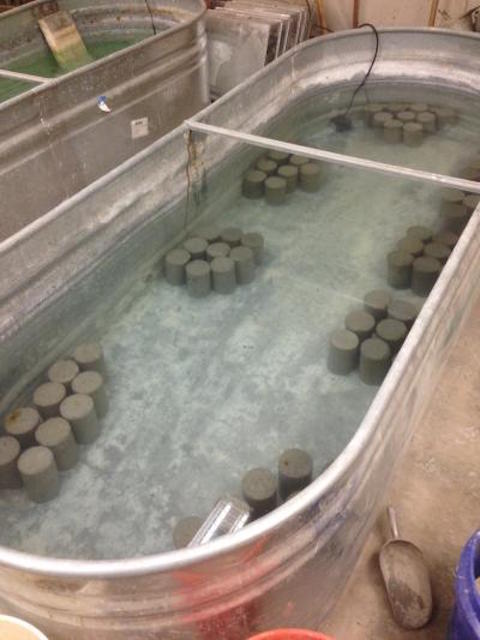Say goodbye to the bumps and holes plaguing your road – because this new concrete recipe can now withstand the deterioration of road salt.
With 900,000 tons of road salt annually dumped on Pennsylvania streets alone, taxpayers fork over thousands of dollars every year for the road repairs that inevitably ensue. That’s why a civil engineer from Drexel University started experimenting with new concrete recipes by using cast-off coal furnace materials.
RELATED: World’s Largest 3D Printer Makes Almost Zero-Cost Homes Out of Mud
By adding these new ingredients to the concrete, the rock showed no reaction to road salts.
“Many departments of transportation have reduced the amount of calcium chloride they use to melt ice and snow, even though it is very efficient at doing so – because it has also been found to be very destructive,” Farnam said. “This research proves that by using alternate cementitious materials to make concrete, they can avoid the destructive chemical reaction and continue to use calcium chloride.”
Even more excitingly, this concrete recipe is cheaper and better for the environment.
CHECK OUT: All Disposable Plastic Has Been Banned From India’s Capital
“There is a great push to use these power industry byproducts because they take up space and some of them can be harmful to the environment,” Farnam said. “We believed that portions of the byproducts such as fly ash, slag and silica fume could be used to make concrete that is both durable – and cheaper, because it uses recycled materials.”
Though there is no clear timeline for when this revised mixture will hit the roads, Farnam plans on continuing his research and improving the ways in which his cement can withstand the elements.
Drive This Story Over To Your Friends: Click To Share (Photo by Drexel University – Photo on home page by ChristinaT, CC)





















